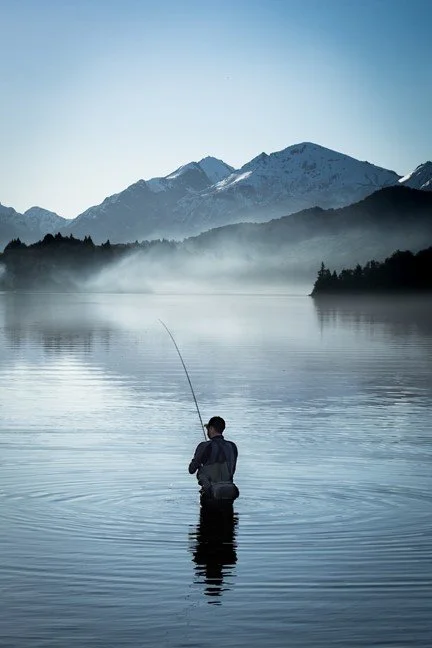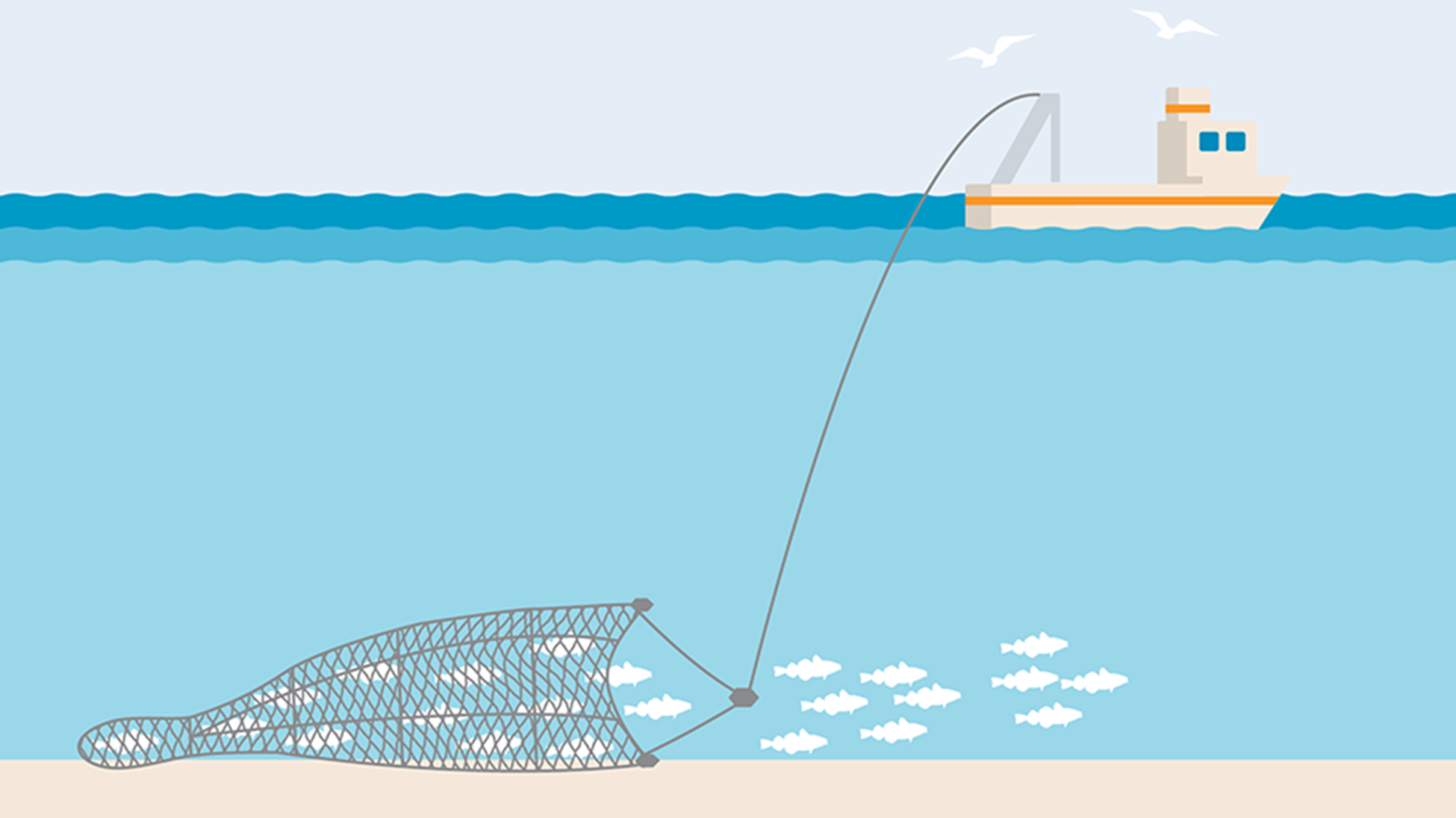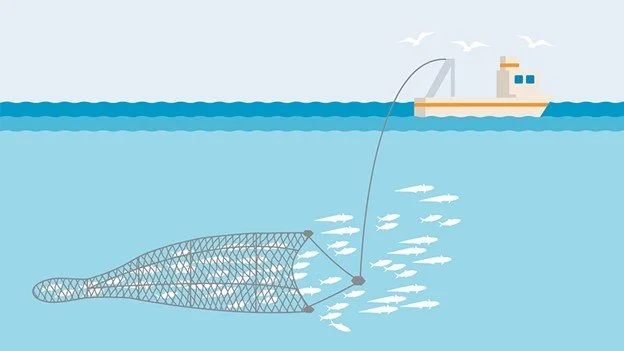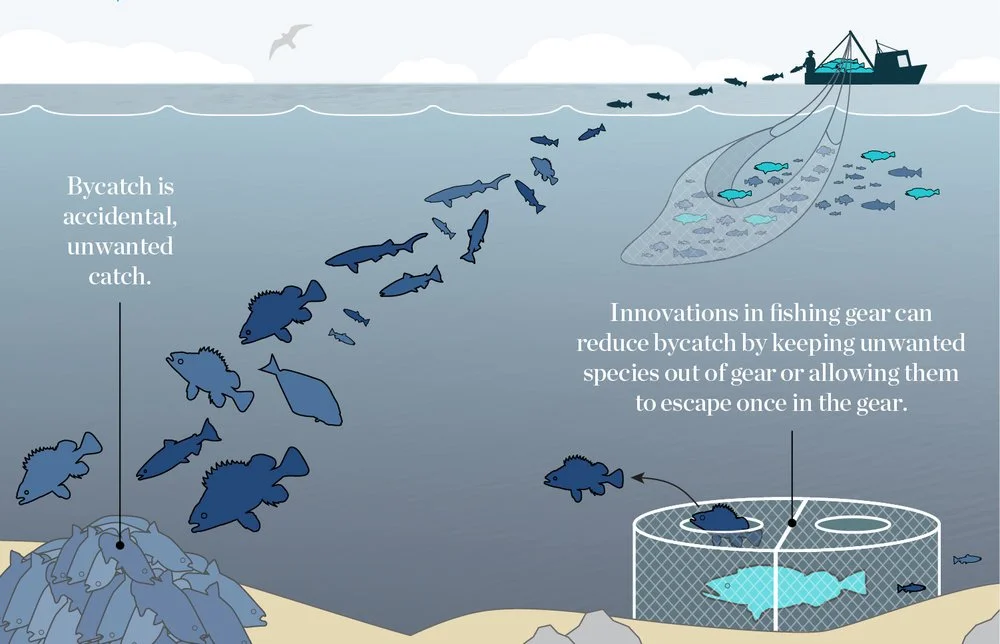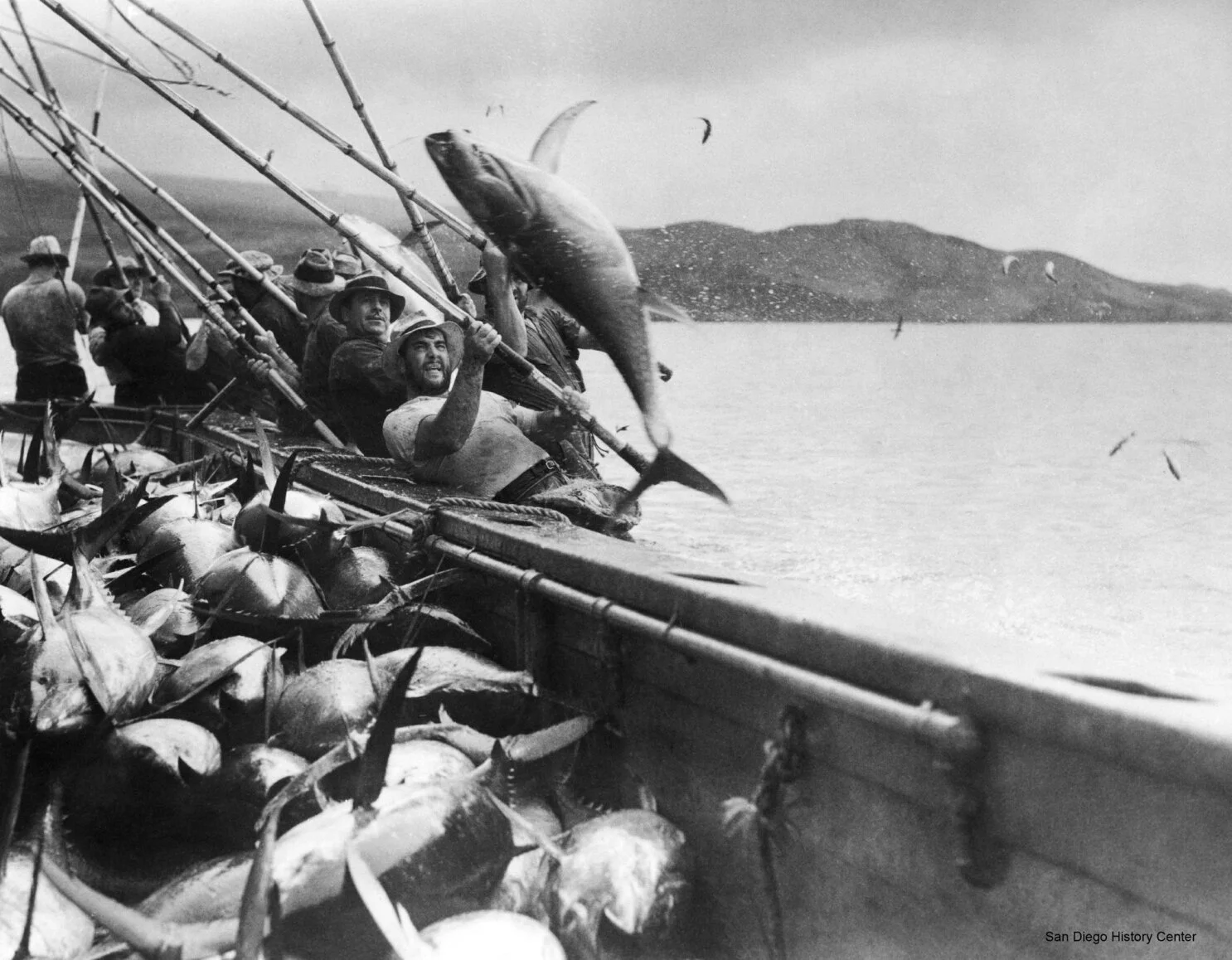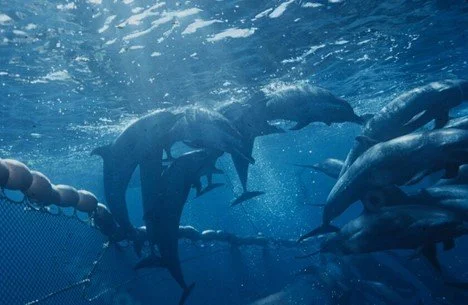Working Towards Fishing Sustainability
For many, fishing is in our blood, our history. Now it’s time to make sure we fish in a way that guarantees we can fish again tomorrow.
Photo by Domie Sharpin on Unsplash
Give a man a fish and you feed him for a day; teach a man to fish and you feed him for a lifetime.
- Maimonides
Written by Aimee Ascano
Although nowadays, most of us don’t fish for ourselves, and instead head over to the nearest stores with fish in stock and buy whatever happens to be there that day. However, fishing has still holds an important role in human society. For some families, it’s a way of life that’s been passed down through multiple generations. For some towns and cities, it’s the foundation they’ve been built on, and still rely on today. And as fishing has commercialized, new fishing methods with larger yields have been developed. Yet these fishing methods which help catch enough fish for growing a growing industry also damage the fishing industry.
Here in the US, we face issues from bycatch, and overfishing in general. We’re now a step up from hook and line fishing, i.e. traditional fishing with a single fishing pool, and we’ve gone further than longline fishing, which are long lines with multiple hooks, both on the sea floor and held aloft with a series of buoys. The big guns are all the various kinds nets we use.
Imagine being in the ocean. In front of you, you see a pair of boats dragging nets as long as half a football field to catch fish, and you have an idea of what trawl fishing is like. Now imagine those boats targeting a particular school of fish, except of course in the process, they catch all the fish and their predators who were in the same area. While other nets have weights that drag along the ground to catch all the ground dwelling fish. You can see these nets tearing up their habitat and destroying their dens and preventing them from being able to raise young ones as their homes are suddenly gone. And all of this devastation produces bycatch, from all the animals caught by accident, and prevents fish populations from growing. Which is an issue when we’ve been fishing populations to the point where they can’t grow fast enough to meet our demand.
Bottom-trawl fishing. IMG from the Marine Stewardship Council
Mid-trawl fishing. IMG from the Marine Stewardship Council
A rather infamous example of overfishing fishing populations is the cod industry on the Northeast coast, including both the US and Canada. When people first started settling on the east coast, the ocean was practically overflowing with cod, and it solidly made its place in Northeast history. To the point where Cape Cod, back in 1602, was named for its abundance of cod, and the Massachusetts state house has a 5 foot model cod hanging in its House of Representatives dubbed the “sacred cod”.
Cod fishing was a mainstay in the Northeast in the 1800s. Photo from On the Water
Because of the cod demand growing along with the population along the Northeast, and fishing developments allowing for greater yields, the cod population has been overtaxed. As a groundfish species, fish that live along the bottom of the ocean, cod were fished using groundfish fishing methods, such as bottom trawling. This habitat damage has resulted in a loss in respawning locations. This combined with catching all the cod in the area, regardless of size as catching smaller and therefore younger fish prevents them from reaching sexual maturity and spawning, has restricted their ability to repopulate. As a result, many areas that used to be rich in cod, can no longer commercially fish cod without destabilizing the population, or even pushing it into extinction.
Yet overfishing is far from the only problem we face with commercial fishing. Bycatch is also a major issue, and San Diego has been featured a prime location this has been a problem.
IMG from the Washington Nature Conservancy
San Diego was once a major tuna port back in the 20th century. It started with Portuguese whalers using deep sea hook and line fishing methods to catch tuna while waiting for whales. Then moved on to Japanese fishermen using dolphins to track down school of tuna, as they themselves hunt tuna as well, and causing a feeding frenzy by throwing chum (live fish) into the water, and then using bamboo poles with barbless hooks to hook fish and frantically fling them onto the ship. However, with growing demand San Diego tuna fishers eventually transitioned to using purse-seine nets, large circular nets that are drawn closed at the bottom, as if it were a draw string bag, and used to “scoop” up fish.
Tuna fishing with bamboo poles. Photo from the San Diego Tribune.
While purse-seine fishing greatly increased tuna yields, they also resulted in a lot of bycatch in the form of dolphins. As dolphins are a rather reliable sign that tuna are in the area due to hunting tuna themselves, it is almost impossible to avoid encircling dolphins in the process. And this resulted in the San Diego dolphin population being halved, by the time the peak of the tuna fishing age in San Diego had passed. However, by the time media coverage on how international tuna fisheries operated, San Diego fisheries had already developed methodologies that greatly limited dolphin bycatch, that came at their own expense. Such as using nets with smaller holes so dolphin’s noses wouldn’t be caught, and using trawl nets rather than purse-seine nets which allowed dolphins to swim over the top of the net while tuna tended to swim down into the net. But this newfound media coverage ignored these efforts of American fishers, and instead helped slowly drive away the San Diego tuna industry.
Purse-seine fishing. IMG from the Marine Stewardship Council
Dolphins encircled by nets. Photo from the San Diego Tribune
Now, believe it or not, I’m not trying to scare you off from eating fish. I’m just presenting a couple examples of when the fishing industry fumbled the ball, but time goes on, and industry continue to develop. The fishing industry, and fishing regulations, have come a long way.
The Northeast has strict regulations on cod, and a couple areas have gone from extreme no fishing policies to slowly restarting the commercial cod trade again. Canada even had a moratorium on cod fishing that lasted 30 years, and they’re still trying to strike a balance between rebuilding the cod industry and the cod population. Although the struggle with cod in particular is also due to how slow their population growth is in general. Meanwhile, we’ve learned our lesson with more stable species, and have already put in place regulations to maintain their populations before we push them to brink of extinction. And just like with the tuna industry, we’ve made several advancements in technology to prevent bycatch, both in terms of catching animals when they’re too young, and in preventing the capture of the wrong animals in general.
Although, these are all industry level solutions to out numerous fishing problems. What we can do as individuals who aren’t influencing the fishing industry is pay attention to what we eat.
One of the easiest ways to help is by changing up what you eat. As high demand on one species puts more stress on that population.
While shopping for fish, watch out for certifications from the Marine Stewardship Council (MSC), the Aquaculture Stewardship Council (ASC), or the Best Aquaculture Practices (BAP).
Check to see if what you’re eating is a sustainable species on the Monterey Bay Aquarium Seafood Watch
Buy local if you can, buying from distant suppliers means a lot of fuel is used to transport the seafood from it’s origin to your plate. However, this is most easily done if you live by a fishing industry.
Ask about sourcing, just by asking where your food is from displays you care about how it got to you. This shows that market interest wants sustainable seafood and will help guide vendors to more sustainable options.
For when you’re in San Diego, support local fisheries, as there are many small-scale fisheries with a focus on sustainability. Here’s a guide from San Diego Coastkeeper.
References
https://www.bapcertification.org/
https://www.fisheries.noaa.gov/insight/threats-habitat
https://www.fisheries.noaa.gov/topic/bycatch
https://www.fisheries.noaa.gov/topic/sustainable-fisheries
https://www.onthewater.com/the-history-of-cod
https://www.sandiegoreader.com/news/1996/may/23/cover-flipper-victorious/
https://www.sdcoastkeeper.org/blog/marine-conservation/how-to-find-sustainable-seafood-in-san-diego
